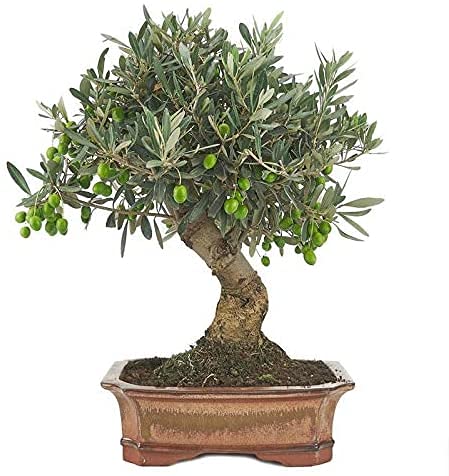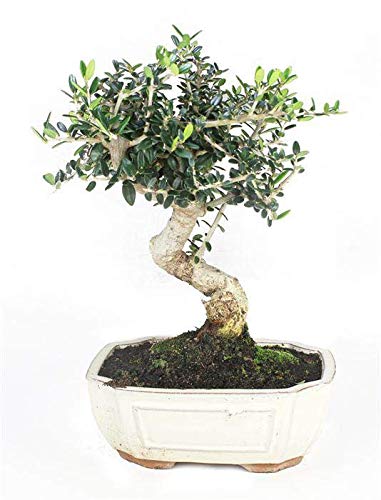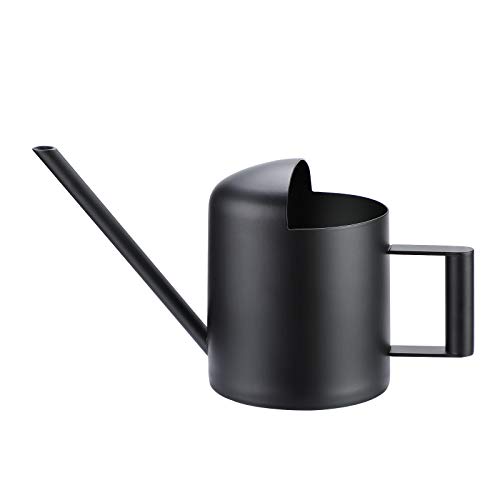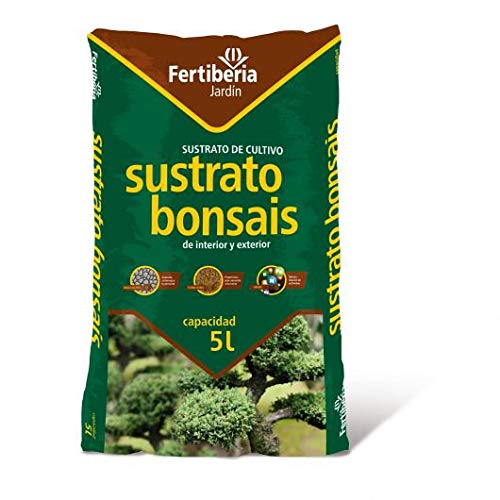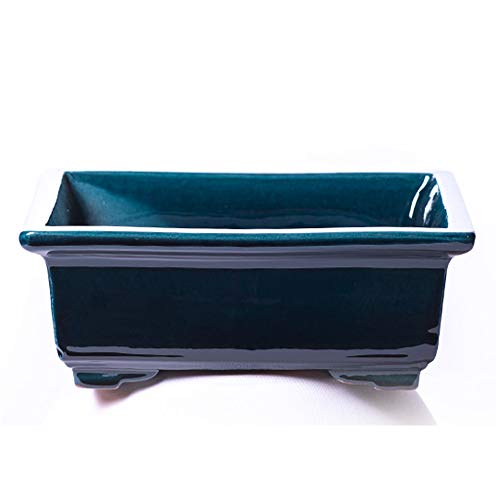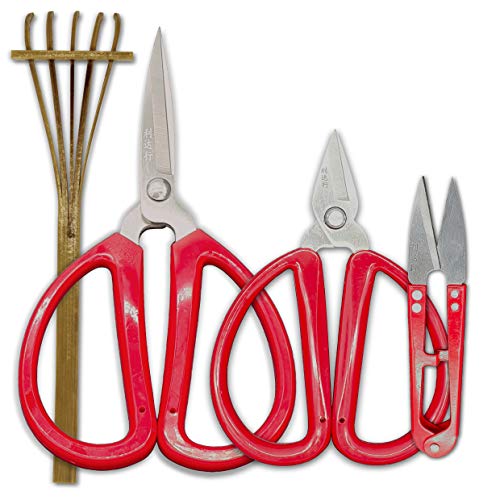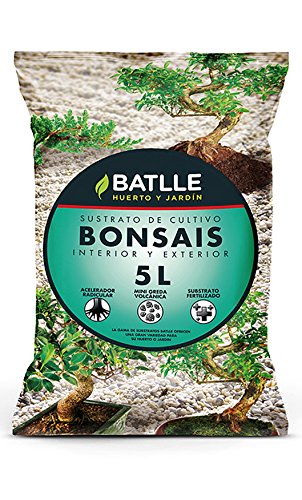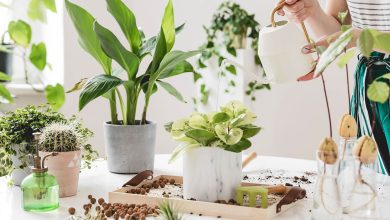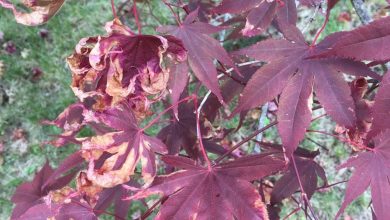Caring for a Bonsai: [Irrigation, Sun Exposure, Pruning and Fertilizer]
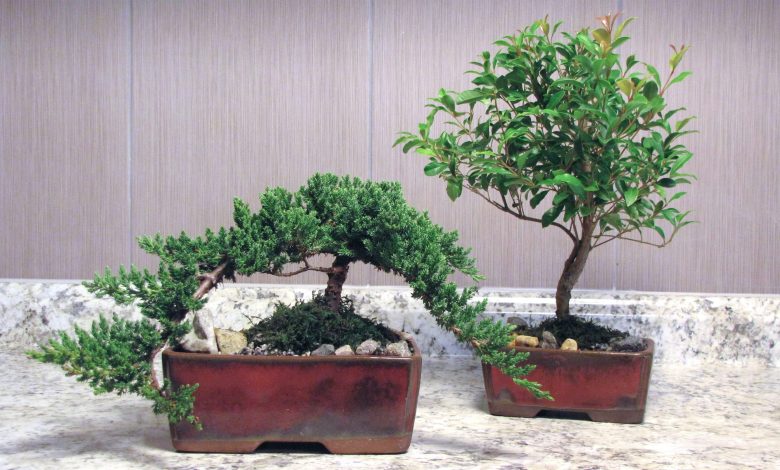
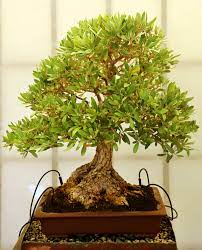 Caring for a bonsai tree is one of the most demanding and rewarding tasks you could experience throughout your life.
Caring for a bonsai tree is one of the most demanding and rewarding tasks you could experience throughout your life.
Bonsai is an excellent option to train your patience and perseverance over time.
The first step for everything to go well is to find out about all the requirements that you must meet so that your bonsai is healthy and vigorous.
And today we will talk from the choice of the ideal place in the house to have it to the type of container. Do you think if we start?
What is the ideal place for a bonsai?
Bonsai trees can be kept outdoors when the environment they are kept in is warm most of the year (or at least not in cold, icy winters).
In case the temperatures are very variable, it is best to place it indoors in a warm space with access to sunlight. It is important that the bonsai are established in a specific place and are not being moved frequently because changes of this type end up affecting them.
How is bonsai watered?
The irrigation process is very important for a bonsai (or any other plant species) to remain healthy. In this case, it is not usual to establish a watering schedule because bonsai are delicate to excess water.
Faced with this reality, the best strategy is to assess the state of the land and carry out irrigation based on how you see it.
Tip: You can use a wooden stick to check how wet or how dry the substrate is.
You will only have to insert it about 4 or 5 centimeters and check how it comes out. When the soil is still wet, it is common for the stick to come out dirty from the wet soil.
If it is rather with a loose texture, like dust, it is that it is time to water.After you spend some time caring for your bonsai, you will get a very good idea of the approximate time it takes for each watering.
In any case, it responds a lot to the climatic conditions of the environment where it is. Now, as for the process itself, it is better that you use a small-hole shower that supplies a low flow of water.
This will help the substrate absorb water better and reach the lower parts to where the roots are.
How many hours of sun does a bonsai need?
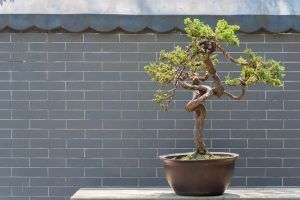 Bonsai trees will be healthier if they get several hours of sun a day and by this we mean as much as possible.
Bonsai trees will be healthier if they get several hours of sun a day and by this we mean as much as possible.
As they are trees that naturally grow exposed to direct sunlight, we must maintain that structure of life as much as possible.
How to choose the ideal substrate for a bonsai?
The substrate for a bonsai must meet certain requirements to be considered a correct option.
It must be able to maintain humidity without flooding, facilitate root growth, give stability to the tree and help balance nutrients.
There are several options such as blonde peat that provides all this. However, the most usual is to make mixtures of substrates to improve the result.
What is the best container for a bonsai?
Bonsai containers should be framed wider than they are long because that allows roots to spread out to the sides. The best material is Japanese ceramics, but since it is very expensive, containers created for bonsai are often used.
Size is another important point. As they grow, the containers tend to get larger. When they have already been formed, the reduced ones can be used.
How to prune a bonsai?
Pruning is a fundamental part because it is through them that you will be able to reduce the size of the plant and achieve that miniature result.
These are applied progressively as the bonsai grows and the ideal is to achieve a triangular shape, although there are others such as the waterfall.
These are applied progressively as the bonsai grows and the ideal is to achieve a triangular shape, although there are others such as the waterfall.
Pruning techniques are very subject to the species in question, but as a general rule you should do them with a tree that is dry and with clean cuts.
How should a bonsai be fertilized?
Bonsai are especially demanding of nutrients, which they usually obtain from the natural environment when they are planted outdoors. For this reason, they need a supply of nutrients every year, during the spring or at the latest in the summer, to remain very healthy.
Of course, you must be careful in the amounts and the type of fertilizer to use because remember that it is a tree worked under exceptional conditions.
There are already commercial fertilizers for bonsai, but if not, you can apply a soft fertilizer with homemade organic matter such as homemade compost. Bonsai brighten any environment and are a true way to enjoy nature in unique conditions.
But we don’t want to lie to you, they require attention and care so don’t lose sight of everything we’ve mentioned here.
Bibliographic references
- Art and Technique in Bonsai, C Pessey – 1996 – books.google.com
- Bonsai: Miniature Trees, P Lesniewicz – 1982 – books.google.com
- Bonsai Care Guide: Practical Advice, JD Nessmann – 1994 – sidalc.net
- Bonsai: care and cultivation of Japanese dwarf trees, D Horst – 1986 – sidalc.net
- Bonsai cultivation and care, D Richie – 1987 – sidalc.net
- Care to maintain a bonsai, B Barrero, MO de Gómez – Modern Horticulture (Colombia)(no. 5) p. 22-23, 25 – sidalc.net
- Bonsai: its care and aesthetics, E Godínez Calonje – 1992 – sidalc.net
Maybe you are also interested in:
- How often and how to water my Bonsai?
- Outdoor Bonsai: [Characteristics, Care, Types and Sun Exposure]
- Indoor Bonsai: [Characteristics, Varieties, Care and Irrigation]
- Carmona Bonsai Care: [Earth, Humidity and Pruning]
- Bonsai Pests and Diseases: How to Identify and Treat Them
- Types of Bonsai: [According to Size and Shape]

